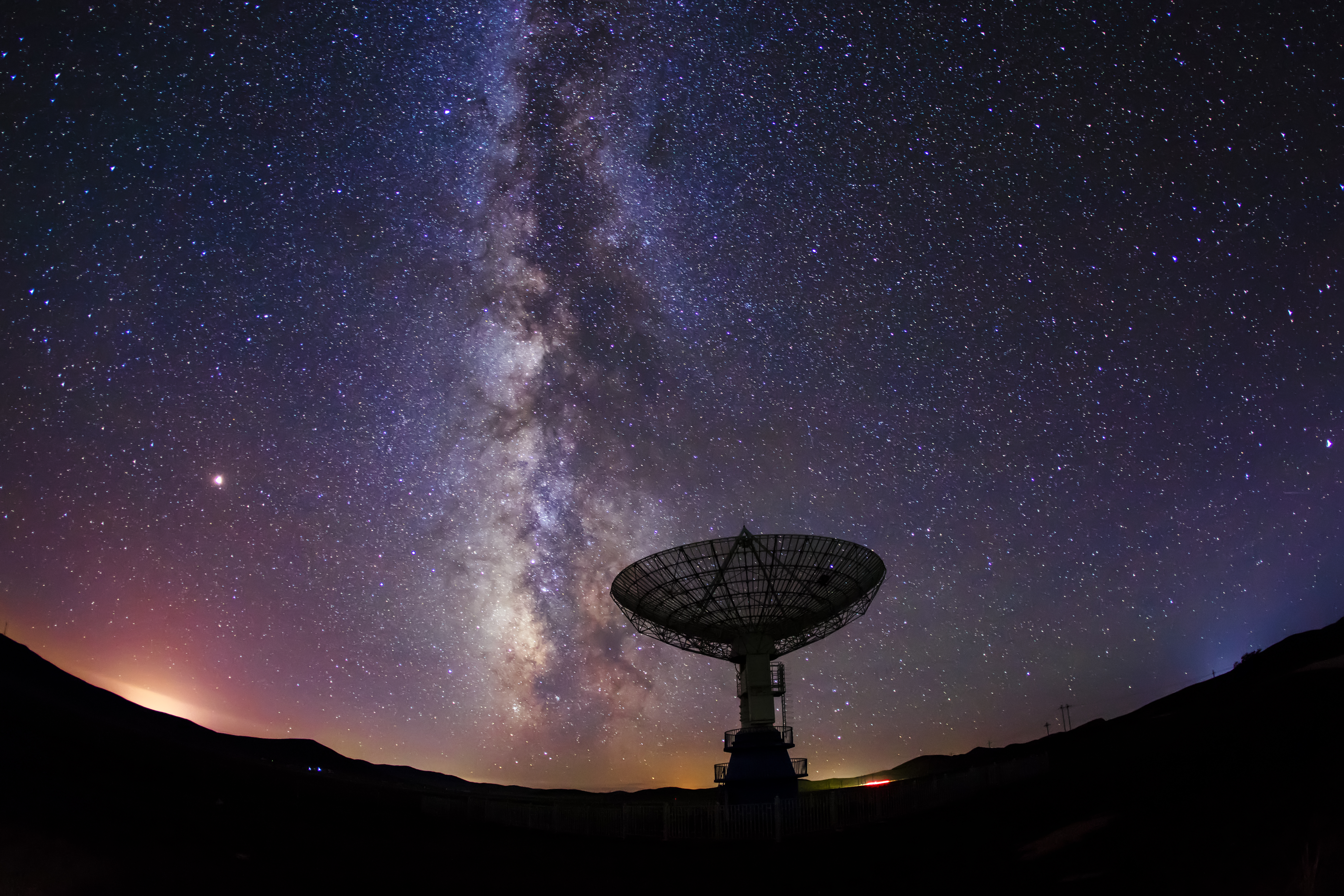NASA Will Put An Artificial Star Into Orbit By The End Of The Decade
While concerns about light pollution and its effect on observations of the cosmos have continued to grow, some scientists have come up with an intriguing plan that seems to defy all these concerns, but for good reason. The plan? Scientists and NASA want to put an artificial star into orbit before the end of the decade. Here's why.
According to NASA, the new mission will launch a bread box-size satellite into orbit. The satellite will orbit Earth exactly 22,236 miles from the surface. This will put it in what we call a geosynchronous orbit, which means it will match Earth's spin, making it appear fixed in the night sky. During the first year of the mission, the researchers will keep this fixed point somewhere above the U.S.
During that time, they'll use lasers onboard the satellite to have it act as an artificial star. These lasers will emit directly at ground-based telescopes and will mimic various stars or supernovas from across the cosmos, giving researchers a way to fine-tune how we study and observe those particular cosmic phenomena.

It's a great idea and one that will hopefully provide a lot of improvements for how we approach observing future supernovas and star discoveries. The star also shouldn't detract too much from the night sky—so it shouldn't be a huge concern as far as light pollution goes. It will be 100 times too faint to see with the human eye, the researchers behind the project say.
However, you'll be able to easily see it with moderately-sized telescopes that are equipped with digital cameras. That aside, the idea seems like a solid one, and they hope to have the artificial star in orbit by 2029. Whether or not that timetable remains true is another matter, as the agency is constantly battling to keep its missions on time.
The mission will likely include a team of roughly 30 people, the researchers announced, and is estimated to cost around $19.5 million. That's just a drop in the bucket, though, when you consider how much NASA is spending to try to pull off the Mars sample return mission.
